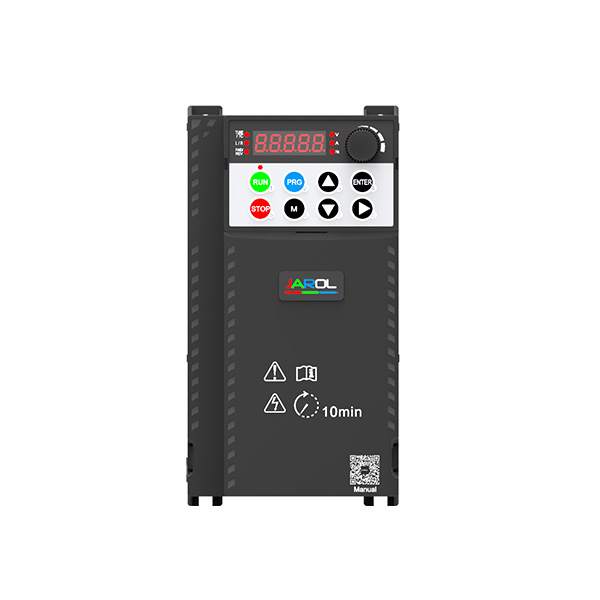Demystifying High-Performance Frequency Converters: Understanding the Key Components
2024-03-13
High-performance frequency converters stand as the cornerstone of modern industrial automation, enabling precise control over motor speed and torque. But what exactly makes up these sophisticated devices? In this blog, we'll delve into the key components of high-performance frequency converters and shed light on their roles in driving efficiency and productivity in industrial applications.
1. Power Conversion Stage:
At the heart of every high-performance frequency converter lies the power conversion stage. This stage typically consists of power semiconductor devices, such as insulated gate bipolar transistors (IGBTs) or silicon-controlled rectifiers (SCRs), arranged in various configurations, such as voltage source inverters (VSIs) or current source inverters (CSIs). The power conversion stage is responsible for converting incoming AC power from the mains supply into DC power and then synthesizing AC output with adjustable frequency and voltage levels.
2. Control Circuitry:
Control circuitry forms the brain of the frequency converter, overseeing its operation and ensuring precise control over motor speed and torque. This component typically comprises a microcontroller or digital signal processor (DSP), along with supporting circuitry and software algorithms. The control circuitry processes input signals, such as speed references and feedback from sensors, and generates control signals to regulate the output frequency and voltage of the converter.
3. Filtering and Harmonic Suppression:
To ensure clean and stable output power, high-performance frequency converters incorporate filtering and harmonic suppression components. These components include passive filters, such as inductors and capacitors, as well as active filtering techniques, such as pulse-width modulation (PWM). By attenuating harmonics and filtering out unwanted noise and distortion, these components help maintain power quality and prevent adverse effects on connected equipment and power distribution systems.
4. Cooling System:
Given the high power densities and thermal loads associated with high-performance frequency converters, an effective cooling system is essential to dissipate heat and maintain optimal operating temperatures. Cooling systems may include heat sinks, fans, liquid cooling loops, or a combination of these technologies, depending on the converter's power rating and environmental conditions. Proper thermal management ensures reliable operation and prolongs the lifespan of critical components.
5. Protection and Safety Features:
High-performance frequency converters incorporate a range of protection and safety features to safeguard against faults, overloads, and other abnormal operating conditions. These features may include overcurrent protection, overvoltage protection, short-circuit protection, thermal overload protection, and earth fault protection. Additionally, safety functions such as emergency stop and safe torque-off (STO) ensure operator safety and compliance with industry standards and regulations.
6. Communication Interfaces:
In today's interconnected industrial landscape, communication interfaces play a crucial role in facilitating seamless integration and data exchange between frequency converters and external control systems. Common communication interfaces include Ethernet, Modbus, Profibus, Profinet, and DeviceNet, among others. These interfaces enable remote monitoring, diagnostics, and control, enhancing system flexibility, scalability, and productivity.
7. Enclosure and Enclosure:
Enclosures and enclosures provide physical protection and insulation for the internal components of high-performance frequency converters, shielding them from environmental hazards, dust, moisture, and electromagnetic interference (EMI). Enclosures may be constructed from robust materials such as steel or aluminum and feature ingress protection (IP) ratings to denote their resistance to dust and water ingress. Additionally, enclosures may incorporate ventilation systems and EMC shielding to maintain optimal operating conditions and prevent electromagnetic interference.
In conclusion, high-performance frequency converters comprise a sophisticated array of components working in harmony to deliver precise control over motor speed and torque in industrial applications. By understanding the roles and functions of these key components, engineers and operators can harness the full potential of frequency converters to enhance productivity, efficiency, and reliability in their operations.



